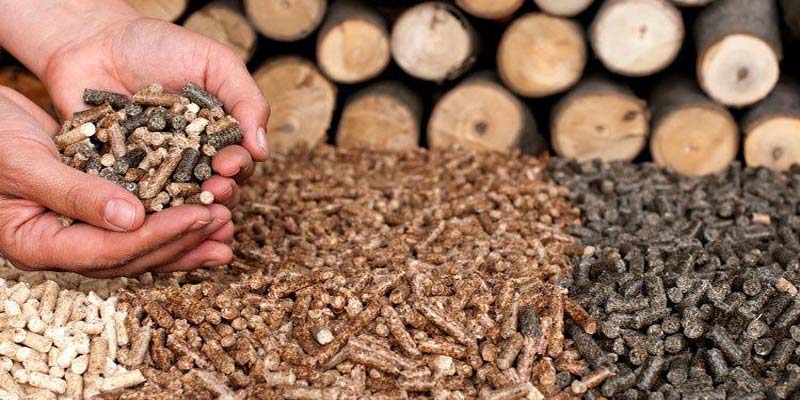News
How to Identify High Quality Wood Pellets
Whether you plan to purchase wood pellets or build wood pellets plant, it's important to know which wood pellets are good and which are harmful. Due to the development of the industry, there is more than one standard for wood pellets on the market. The standardization of wood pellets is an established standard for industrial products. Since the publication of the Austrian standard (Г–NORMM1735) in 1990, some EU member states have developed their own national pellets standards, such as DINplus (Germany), NF (France), Pellet Gold (Italy) and so on. As the largest pellet market in the world, the European Commission has established the European Solid Fuel Standard (CEN TC335-EN 14961) based on the Austrian standard (Г–NORMM1735).
Based on all existing wood pellet standards, the following sections helps you identify high quality wood pellets.

How to quickly check the quality of wood pellets, just follow these steps:
01 Diameter Error of Wood Pellets: вүӨ1MM
The most common wood pellets are 6 mm and 8 mm in diameter. Generally, the smaller the diameter, the better the pellets performance. However, if the diameter is less than 5 mm, it will increase energy consumption and reduce capacity. In addition, due to the shape of the pellets, the volume of the product is compressed, saving storage space. In addition, it is easy to transport and therefore the transportation cost is low. In all existing standards, the diameter error is generally considered to be no more than 1mm.
02 Moisture Content of Wood Pellets: вүӨ10%
According to all wood pellets standards, the required moisture content is similar, not more than 10%. Technically, moisture is a binder and lubricant during this process. If the moisture content is too low, the pellets cannot be fully extend, so the pellets may be deformed and the density is lower than normal pellets. However, if the moisture content is too high, the energy consumption will increase and the volume will increase. Normally, the surface of the pellets will be rough, and in serious cases, the raw materials may emerge from the mould of the pellet machine. All pellet standards indicate that the optimal moisture content of the wood pellets is 8% and the optimal moisture content of the grain biomass pellets is 12%. Pellet moisture can be measured by a moisture meter.
03 Pellet Density: вүҘ600 KG/M3
The density of wood pellets is one of the most important specifications and can usually be divided into bulk density and pellet density. Bulk density is a characteristic of a powder material (e.g., pellets) and the formula is the number of powder materials divided by the required volume. Bulk density not only affects combustion performance, but also affects transportation costs and storage costs.
In addition, the density of pellets also affects the bulk density and combustion performance, the higher the density, the longer the continuous burning time.
04 Pellet Mechanical Durability: 96.5%
Mechanical durability is also an important parameter. During transportation and storage, pellets with lower mechanical durability are easily damaged and increase the powder content. Among all the biomass pellets, the wood pellets maintained the highest mechanical durability of approximately 97.8%. Compared with all standards of biomass pellet, its mechanical durability is always not less than 95%.
05 Low Chemical Element Content
For all end users, the significant concern is emissions, including NOx, Sox, HCl, PCCD (polychlorinated dibenzodioxin) and fly ash. The nitrogen and sulfur content of the pellets determines the content of NOx and Sox. In addition, the corrosion problem is determined by the chlorine content. For better combustion performance, lower chemical element content is recommended for all pellet standards.
Categories
News
Contact Us
Contact: Rotex
Phone: 86-0531-67880768
Tel: 86-0531-67880768
E-mail: sales@rotexmaster.cn
Add: North Caofan Village, Caofan Town, Zhangqiu, Jinan,Shandong